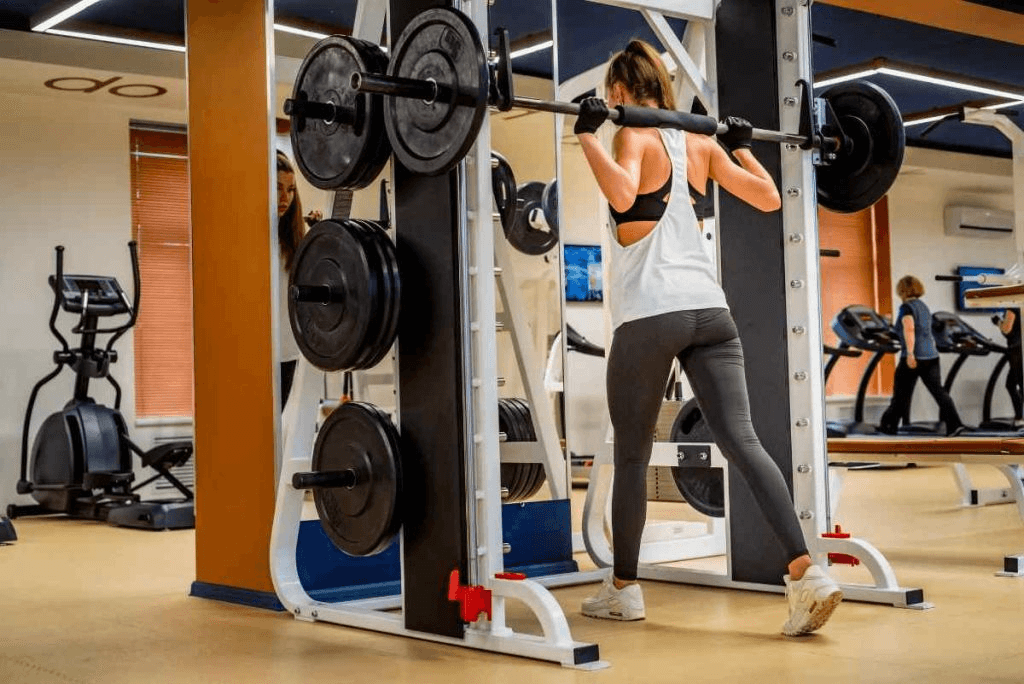When it comes to strength training, safety and efficiency are often overlooked in favor of chasing heavier numbers. However, one small piece of equipment can make a big difference in both performance and injury prevention — weight lifting collars. Whether you're training in a commercial gym or building your home setup, clamps and collars should be a non-negotiable part of your routine.
What Are Weight Lifting Collars?
Weight lifting collars, often referred to as clamps, are devices designed to securely fasten weight plates on a barbell. They prevent plates from sliding or shifting during lifts, ensuring balanced movement and reducing the risk of accidents. From quick-release plastic collars to heavy-duty metal clamps, they come in various shapes and designs to suit different preferences and training styles.
Why You Should Always Use Lifting Collars
-
Safety First: A barbell with loose plates can quickly become a hazard, especially during compound lifts like squats, bench presses, or overhead presses. Collars keep your plates locked in place, reducing the risk of imbalance and injury.
-
Better Lifting Experience: Secure plates mean a smoother lift. Rattling plates can cause unwanted distractions or instability during your reps, and collars help maintain a focused and fluid lift.
-
Protects Equipment: Constant plate shifting can cause scratches or wear on your barbell and plates. Using clamps in the gym helps prolong the life of your equipment.
-
Improved Technique: Especially for beginners, maintaining consistent plate placement helps establish better form and lifting mechanics.
Types of Lifting Collars for Different Workouts
-
Spring Collars: Affordable and simple, these are commonly found in most gyms. They're quick to use but can lose tension over time.
-
Lock-Jaw Collars: Made from durable plastic with a quick-locking mechanism, these are great for convenience and speed during high-volume sessions.
-
Pro-Grade Metal Clamps: Preferred by powerlifters and Olympic weightlifters for their superior grip and durability under heavy loads.
-
Specialty Collars: Some advanced collars offer features like magnetic storage or reinforced steel construction for elite training setups.
My Take After Years of Lifting
There was a time when I didn’t bother with collars during lighter sets, thinking it was only necessary for heavy squats or deadlifts. One day, while casually repping overhead presses, a plate slid off mid-rep, forcing me to drop the bar and nearly injuring myself. Since then, collars have been a mandatory part of my warm-up to working sets. I’ve noticed not just safer sessions, but smoother lifts — especially when training explosive movements or tempo-controlled reps.
How to Choose the Right Clamps for Your Gym Setup
-
Frequency of Use: If you lift multiple times per week, invest in durable collars that can withstand wear and tear.
-
Lift Type: Powerlifters may prefer heavier-duty clamps, while CrossFit athletes might favor quick-release collars for fast transitions.
-
Barbell Type: Olympic barbells are often 2 inches (50mm) in diameter, while standard bars are typically 1 inch (25mm). Always ensure compatibility.
-
Budget Considerations: While spring collars are budget-friendly, spending a bit more on lock-jaw or pro-grade collars is a smart investment in your safety.
Final Thoughts
No matter your training goals, weight lifting collars are a small but crucial tool to keep your workouts safe and efficient. From basic spring collars to professional-grade clamps, there’s an option for every gym setup. Don’t overlook this simple piece of gear — it can make all the difference in your lifting journey.










































Leave a comment
This site is protected by hCaptcha and the hCaptcha Privacy Policy and Terms of Service apply.